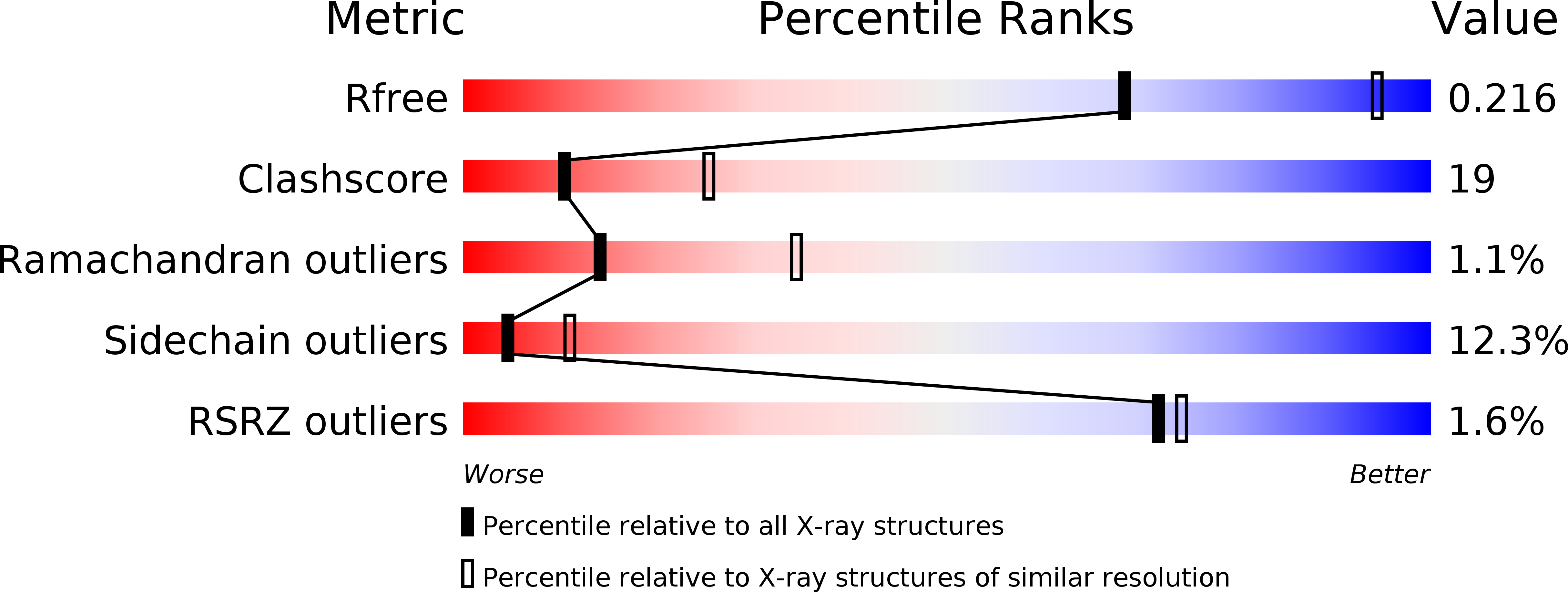
Deposition Date
2009-03-20
Release Date
2010-08-11
Last Version Date
2024-05-08
Method Details:
Experimental Method:
Resolution:
2.70 Å
R-Value Free:
0.30
R-Value Work:
0.22
R-Value Observed:
0.22
Space Group:
P 1 21 1


